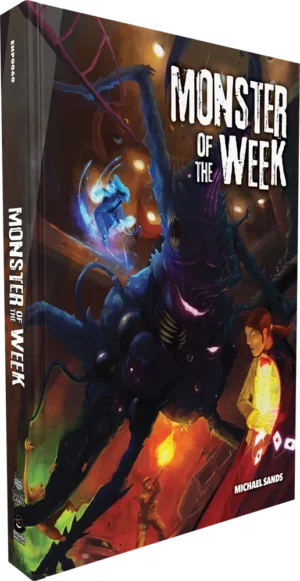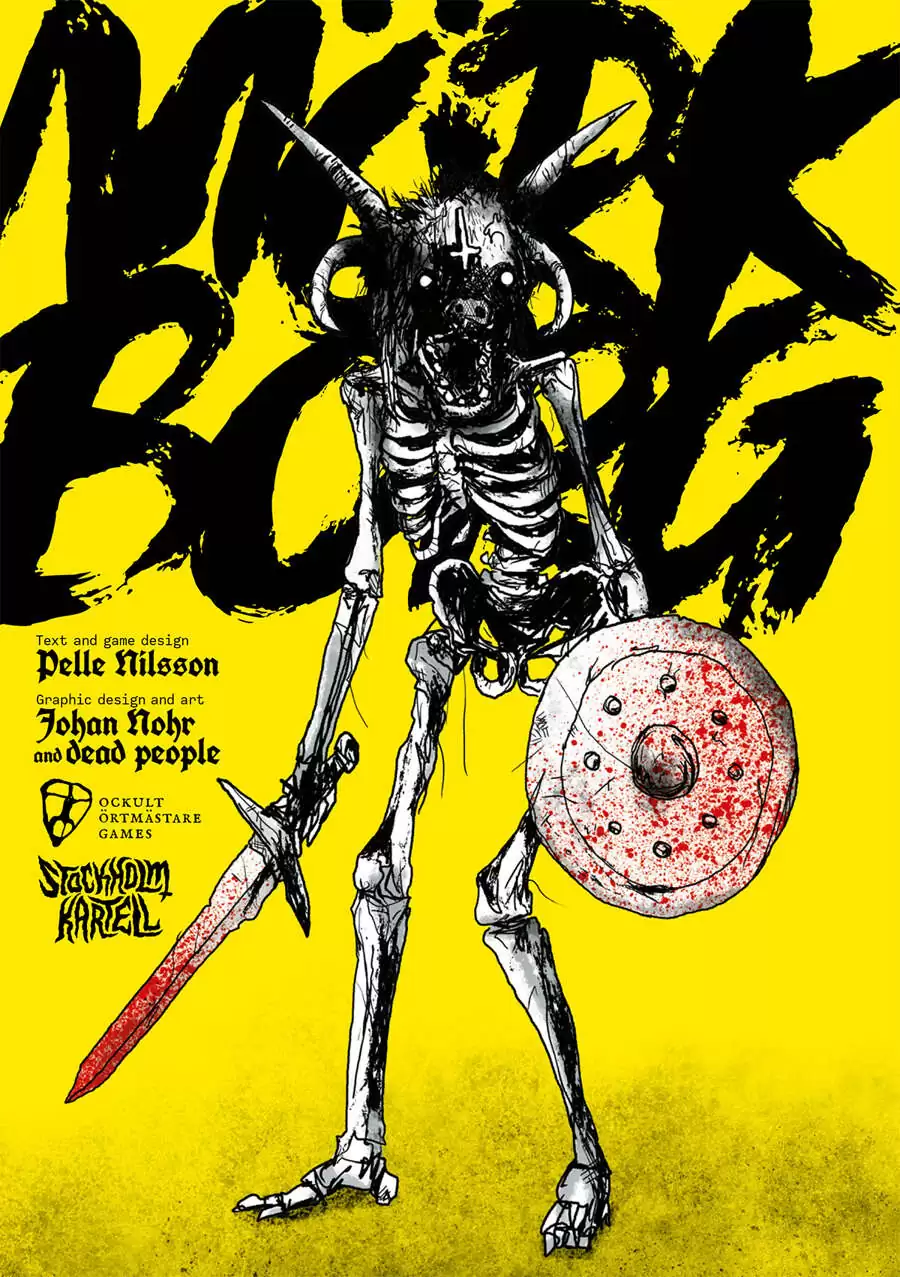The Midnight World Dark Fantasy; Bleak; Psychological; Narrative-Driven; Survival; Collaborative Worldbuilding
The Midnight World is a dark fantasy tabletop RPG set in a modern world plagued by horrors from beyond reality. Players take on the roles of individuals 'Touched' by these otherworldly entities, grappling with trauma and slowly succumbing to either insanity or enlightenment. The game is notable for its innovative mechanics, particularly the 'Midnight Clock,' and its focus on collaborative worldbuilding and narrative-driven gameplay. It targets a mature audience interested in psychological horror and the exploration of mental health themes in a respectful and engaging manner.
Theme and Setting
The game's setting is a dark reflection of our own world, where the veil between realities is thin, allowing cosmic horrors from 'corpse universes' to intrude. These horrors, referred to as Dread Beings, have existed since the beginning of the multiverse and exert their influence on the Midnight World. The setting emphasizes a sense of impending doom and psychological distress. Characters are not just fighting monsters; they are fighting against their own sanity and the encroaching influence of these beings. The overall theme is one of bleak survival in the face of overwhelming cosmic horror, blended with elements of dark fantasy.
Core Mechanics and Rules
At its core, the game utilizes a dice pool system where players roll a number of d6s (and sometimes d8s, based on specializations) aiming for results of 5 or higher to achieve success. The game's most distinctive mechanic is the Midnight Clock, which tracks a character's descent into either madness or enlightenment. The clock consists of seconds, minutes, and hours, each representing different levels of mental strain and transformation. As the clock progresses, characters gain access to otherworldly powers but also suffer increasing distress, represented by 'distress dice' that penalize their rolls. The advancement system is tied to the 'hour' track, offering a unique blend of character progression and inevitable corruption. The Pendulum Gaming System is designed to evoke a feeling of oppressively mounting dread.
What Makes It Unique
Several elements contribute to the unique identity of The Midnight World. The Midnight Clock mechanic provides a tangible representation of a character's psychological state and their journey towards either insanity or a dark enlightenment. Unlike many horror RPGs that treat mental health as a simple sanity score, this game seeks to explore trauma and its effects with sensitivity and respect. Furthermore, the game's character creation system, which generates stats, powers, and a traumatic memory simultaneously, allows for rapid character development, making it suitable for convention play and one-shot adventures. The game stresses collaborative worldbuilding, inviting players to contribute to the narrative and shape the game world. The game offers concrete advice on navigating sensitive topics, emphasizing harm prevention and consent, which is especially noteworthy in a genre often associated with reductive portrayals of mental illness.
Target Audience and Player Experience
The Midnight World is geared towards a mature audience interested in dark fantasy, psychological horror, and narrative-driven gameplay. Players should be comfortable exploring themes of trauma, mental health, and moral compromise. The game provides tools and guidance for creating a safe and respectful play environment, making it suitable for groups that prioritize player comfort and consent. The anticipated player experience is one of mounting tension, difficult choices, and the constant struggle to maintain sanity in a world that is slowly being consumed by otherworldly horrors. The game offers both opportunities for empowerment, through the acquisition of forbidden knowledge and abilities, and a sense of inevitable doom, as characters progress towards their ultimate fate. The setting and themes may particularly appeal to players who appreciate games like Call of Cthulhu or World of Darkness but seek a more nuanced and collaborative approach to horror roleplaying.



